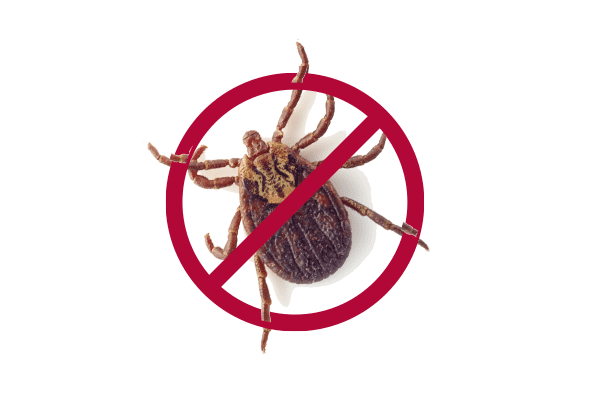
by hanna | Apr 12, 2021 | Awareness, Physical Health
Tick counts have been on the rise in Maine and along with them tick-borne disease and illnesses. To keep yourself, your family and your pets protected refer to our tick guide regularly. Identification There are over 15 different types of ticks present in Maine. The...

by hanna | May 22, 2019 | Awareness, General News
Ticks thrive in Maine’s wooded and unmaintained areas, such as high grass and leaf debris. They are particularly established in southern and coastal parts of the state. This year is an especially high-risk season but there’s no need to be afraid as long as you’re...

by jennie | Jun 3, 2016 | General News
Summer is here and it’s time to enjoy the great outdoors. Unfortunately, the great outdoors also has ticks, those pesky, blood-sucking arthropods that love to feed on us and which can carry the tick-borne infectious disease, Lyme. Symptoms of Lyme disease...




